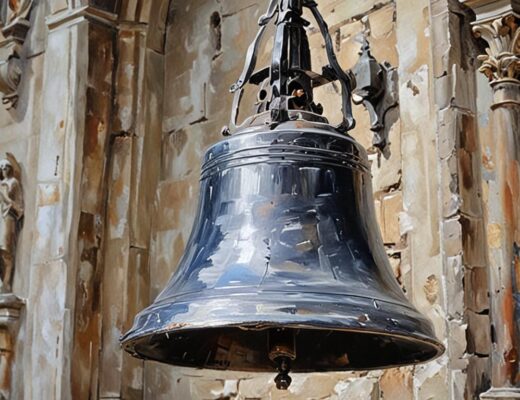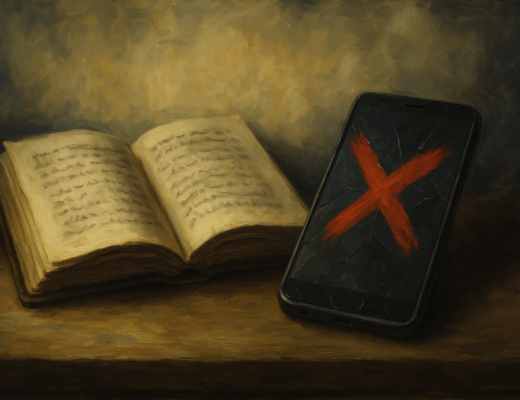When most people think of Gothic fiction, their minds immediately travel to Europe:
fog-drenched graveyards, ruined abbeys, Byronic madness, and polite English ghosts who know how to haunt with manners.
And they’re not wrong.
Foggy ruins and Anne Radcliffe are Gothic.
But what if I told you there is an entire branch of Gothic fiction that doesn’t grow out of the cold, misty moors…
but from heat, jungle, and colonization?
Curious?
Come with me.
What Is Tropical Gothic?
I’m Ariane Saltoris—folklorist, Gothic scholar, the publisher at Caipora Books and storyteller at Halls in the Forest, which happens to be three things: this blog, our YouTube channel and a book collection. All baring the same poetical name and it is where I share eerie folklore and dark fiction from around the world.
Today, we talk about a genre I deeply love:
Tropical Gothic
Tropical Gothic is a form of Gothic fiction born not from European anxieties about science or rationality, but from:
- Colonial violence
- Cultural clash
- Erased mythologies
- Slavery and exploitation
- Forced Christianity over ancient beliefs
- The trauma that still breathes beneath the land
It emerges particularly in colonized regions—especially Latin America—where horror is not hypothetical. It is historical.
Here, the monsters are not just ghosts.
They are legacies.
“New term, old tradition.”
Although the name Tropical Gothic is recent in academic circles, the tradition is not.
In Brazil, writers explored this genre long before anyone gave it a label.
For example, many 19th-century stories portrayed rural populations as a threat to “national progress”—a deeply colonial gaze. Some authors wrote in defense of those people. Others wrote to condemn them.
What did we get?
Stories of:
- Cannibalism
- Ghosts
- Monsters
- Colonial nightmares wearing folkloric masks
One powerful example is “The Pigs” by Júlia Lopes de Almeida—a story about an Indigenous woman pregnant on the doorstep of the white man who used her, abandoned her, and left to marry a white woman. That is Tropical Gothic: horror rooted not only in fantasy, but in history.
Modern Voices of Tropical Gothic
Today, the genre is thriving—especially through women.
Some remarkable names:
- Mariana Enríquez (Argentina): ghosts of dictatorship, exile, eerie children
- Mónica Ojeda (Ecuador): Catholic trauma, violence, girlhood horror
- Giovanna Rivero (Bolivia): body horror, spirituality, psychological dread
Gothic is, and always has been, a deeply feminine genre.
Women know fear. Women write it well.

European Gothic vs Tropical Gothic
Let’s look at the differences:
| European Gothic | Tropical Gothic |
|---|---|
| Mist & moors | Heat & humidity |
| Ruined aristocracy | Colonial trauma |
| Isolation | The jungle, the overgrown |
| Christianity vs pagan superstition | Catholicism vs Indigenous & African spirituality |
| Fear of madness, science, progress | Fear of the land itself—what remembers, what refuses to die |
While European Gothic is cold and decaying,
Tropical Gothic is suffocating—moist, lush, alive, and haunted by history.
This is not a replacement.
It’s an addition to your Gothic experience.
If you love mist and stone, wonderful.
Now, come into the jungle, into the heat, into ghosts who are not metaphor but memory.
If this intrigues you…
I hope you enjoyed this brief introduction to Tropical Gothic.
If you’d like to explore more:
- Watch the rest of my storytelling videos
- Dive into folklore from around the world
- And follow Caipora Books on social media—where the dark, the mythical, and the forgotten come back to life
The woods are calling.
See you next time.





